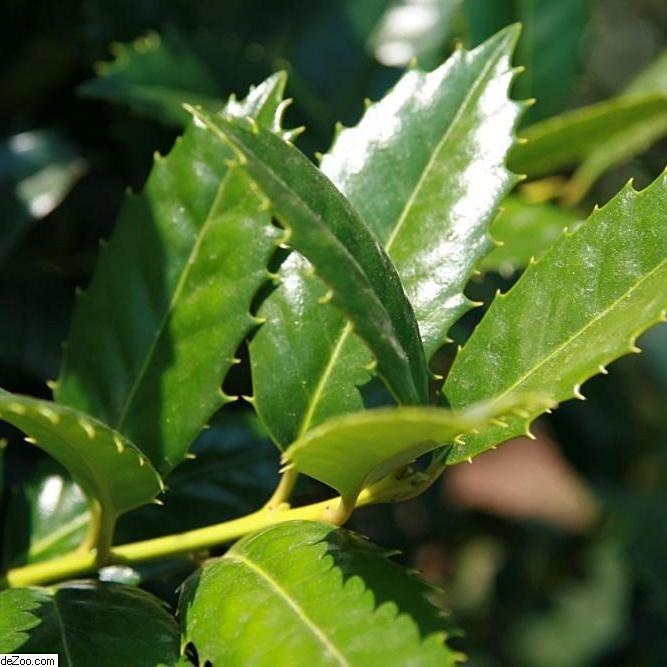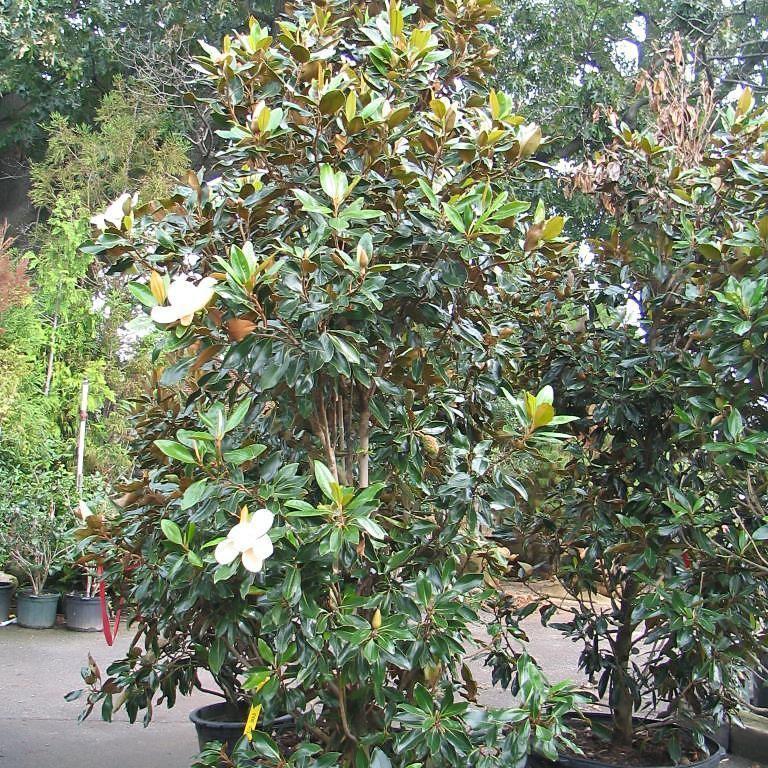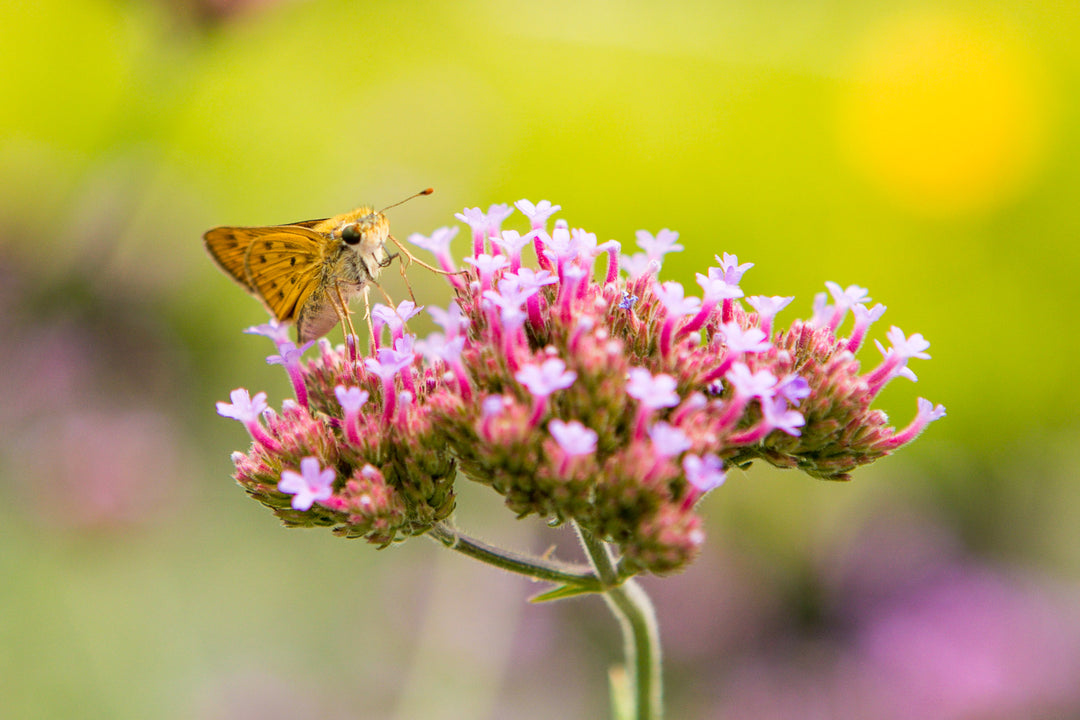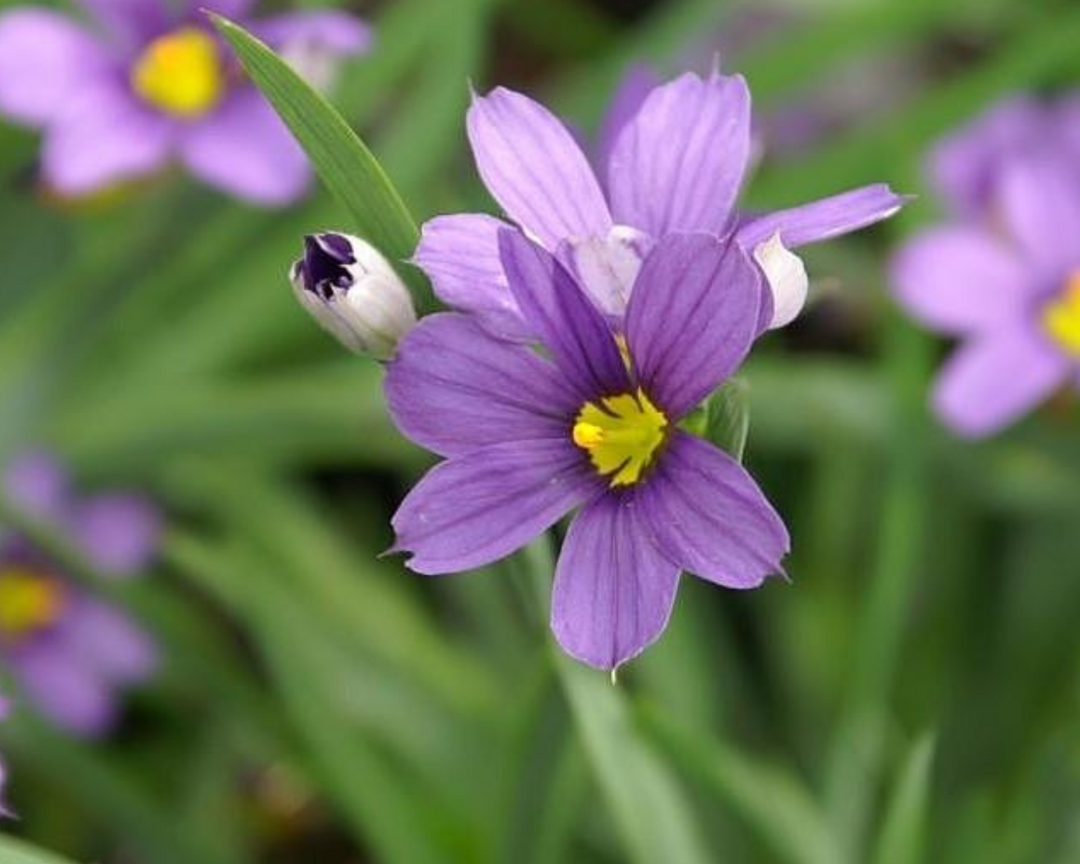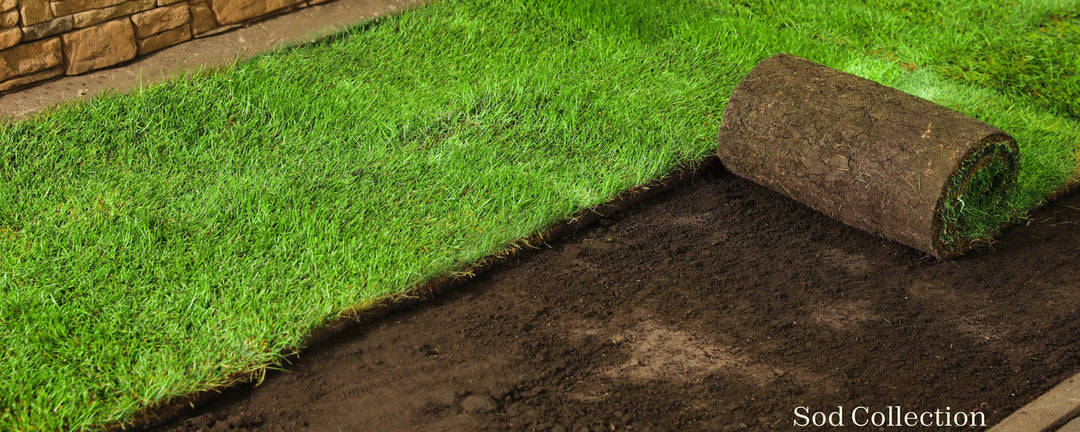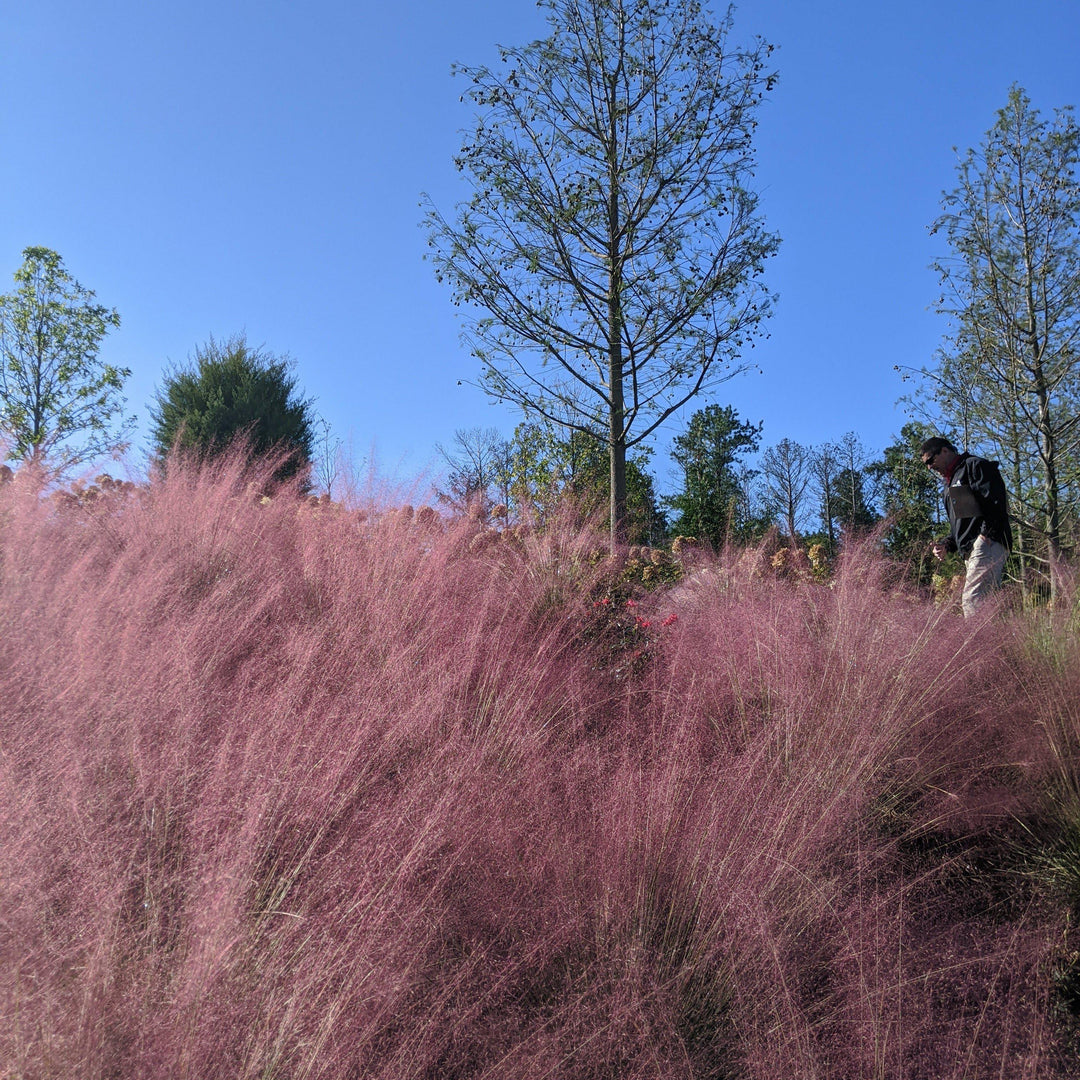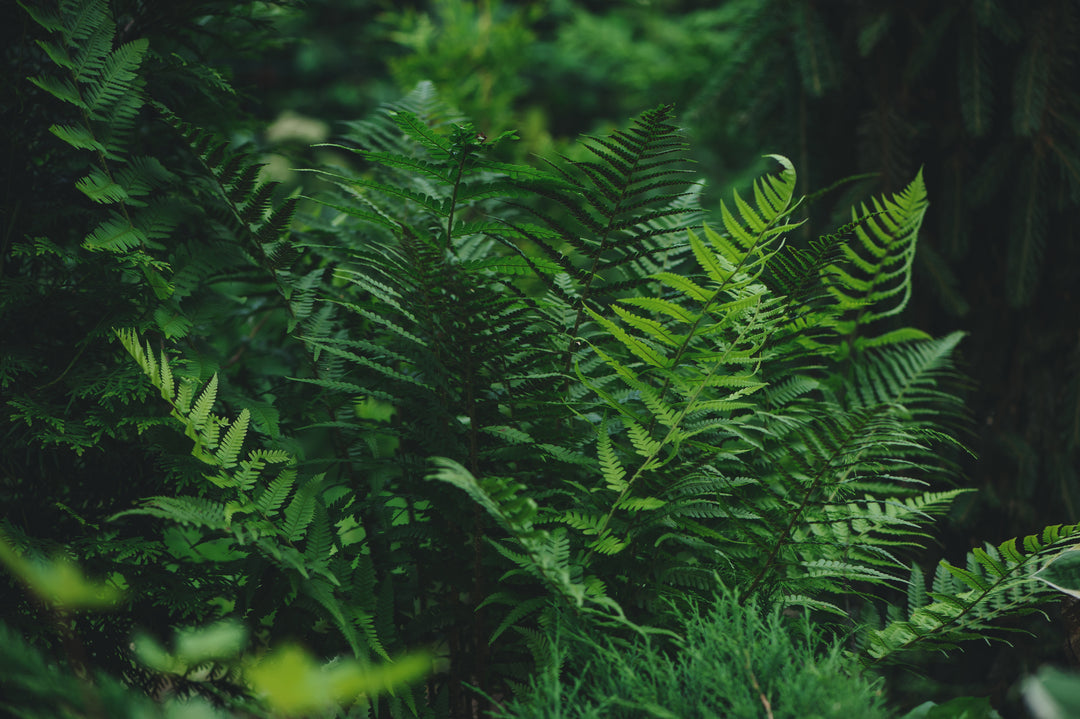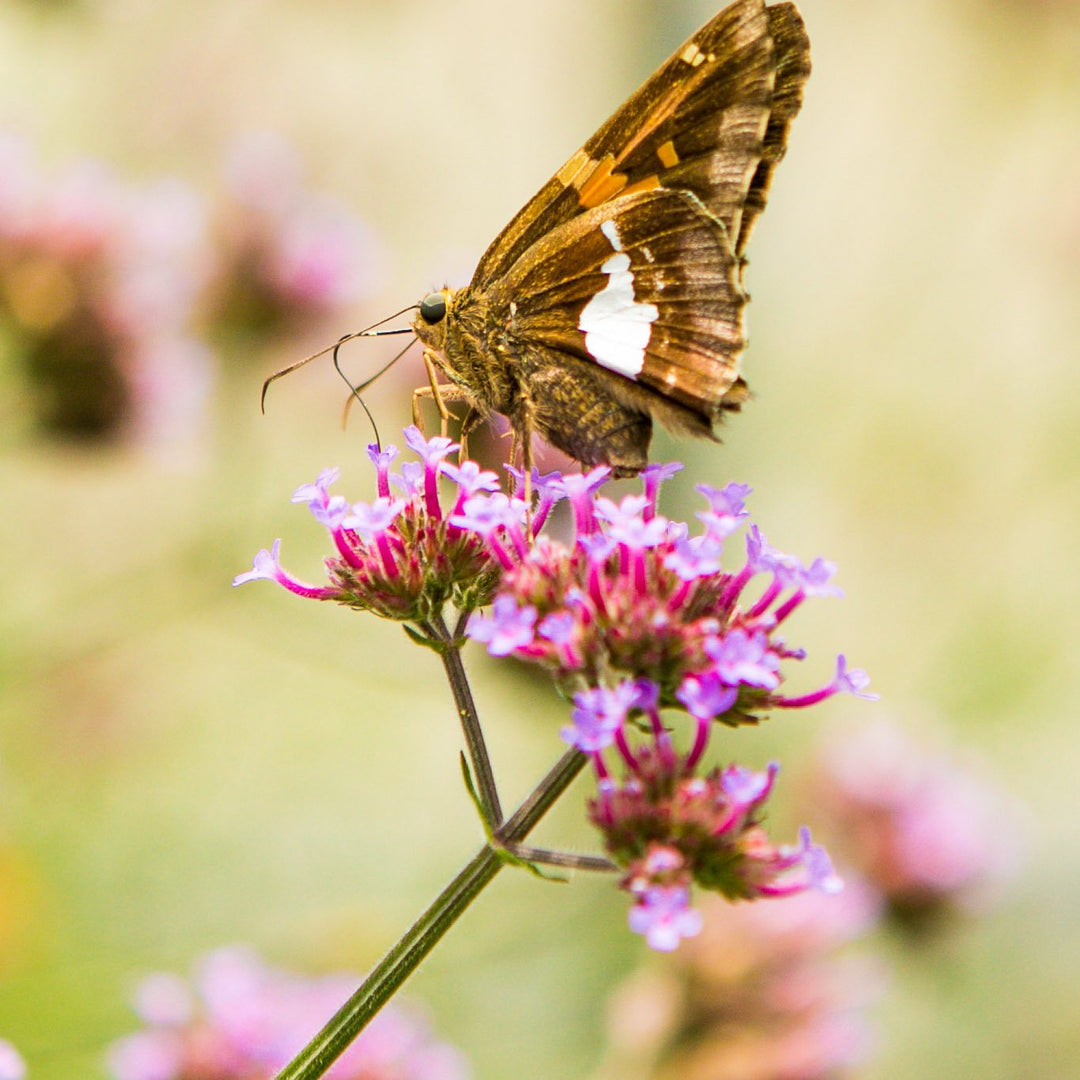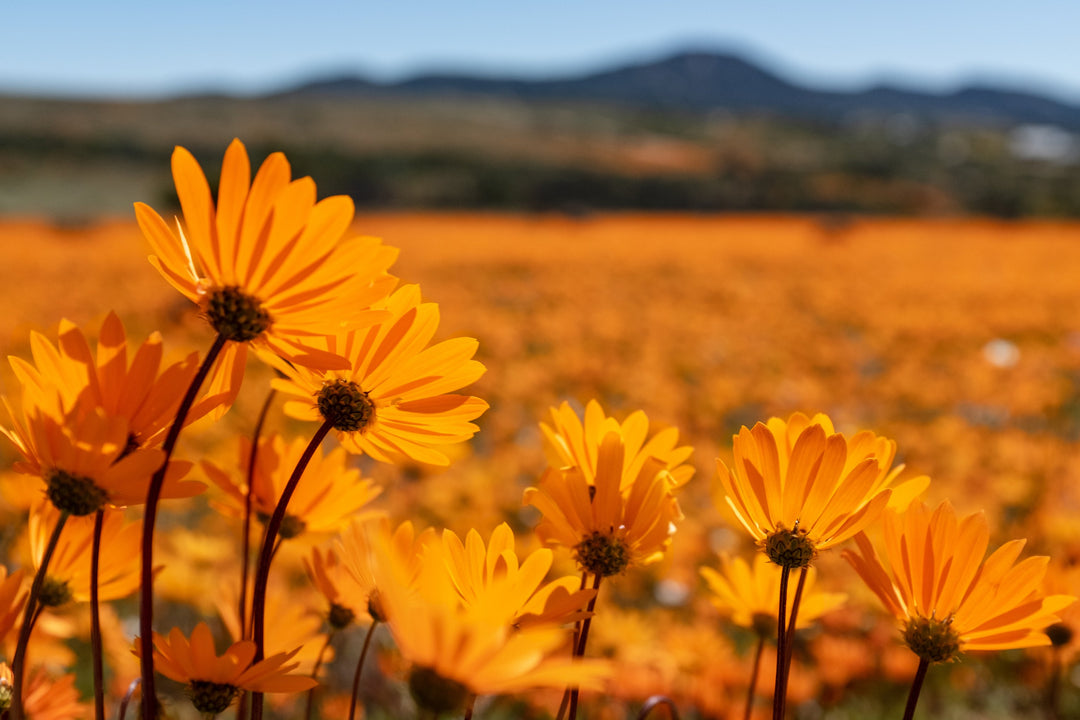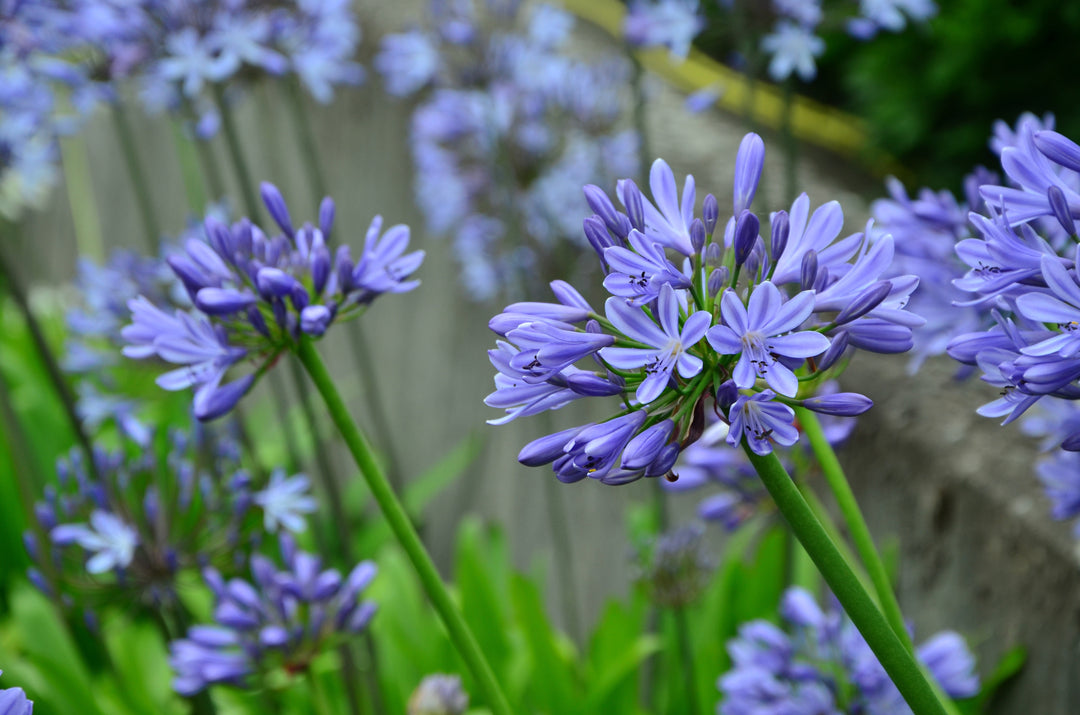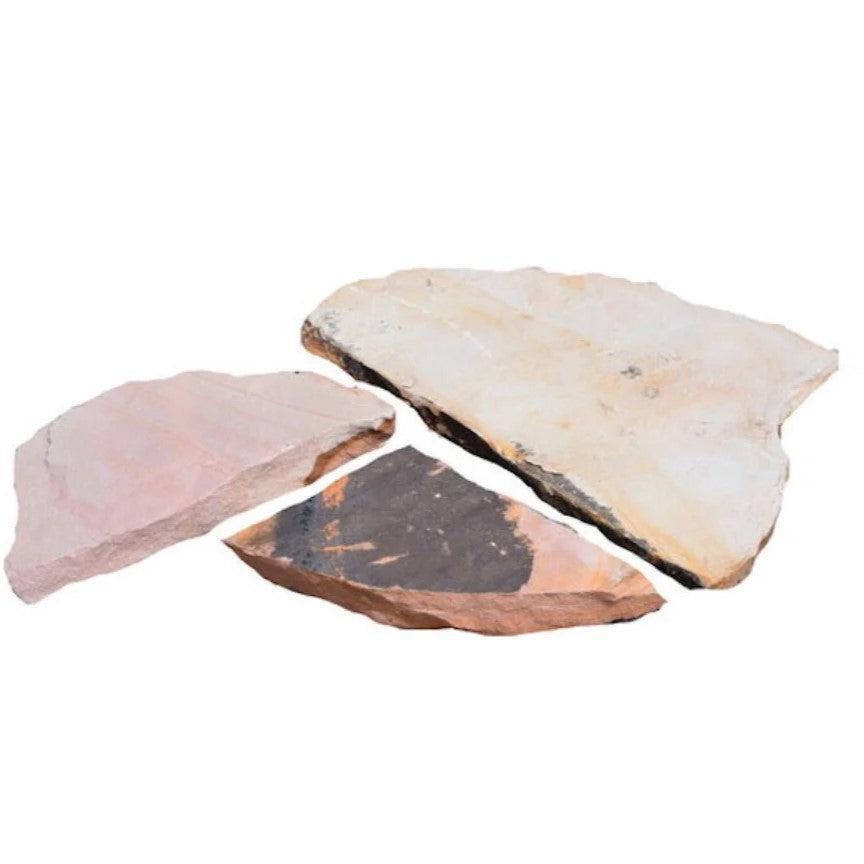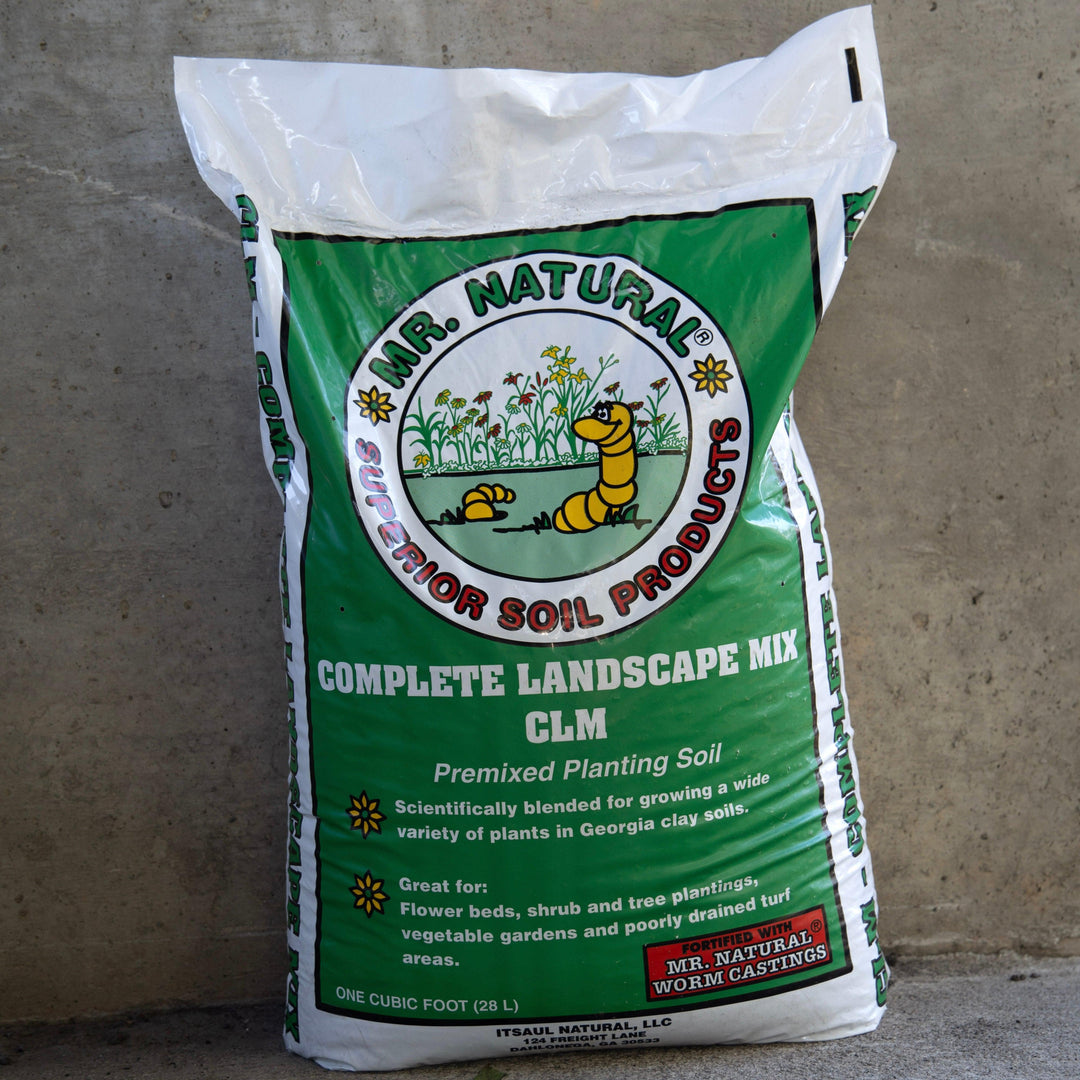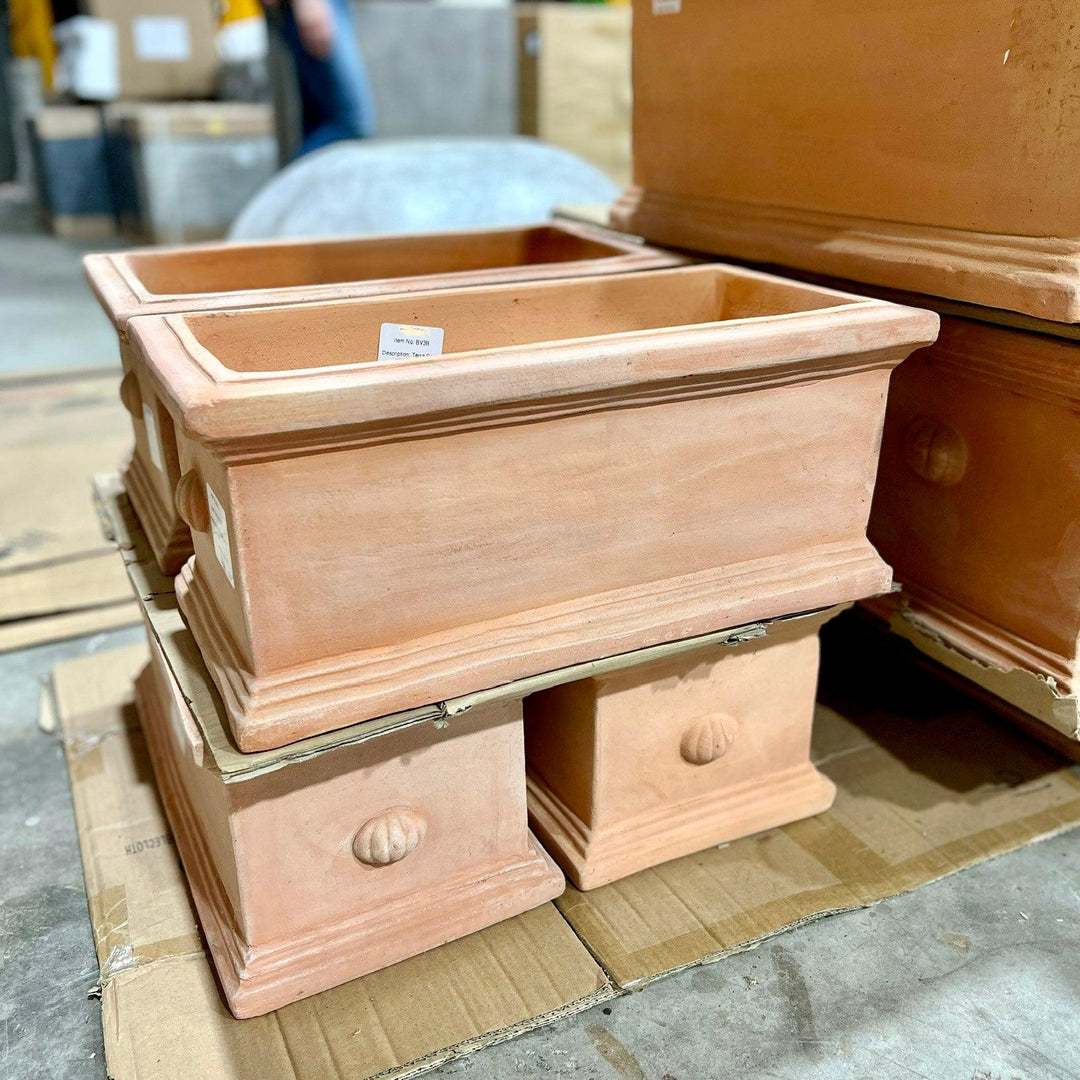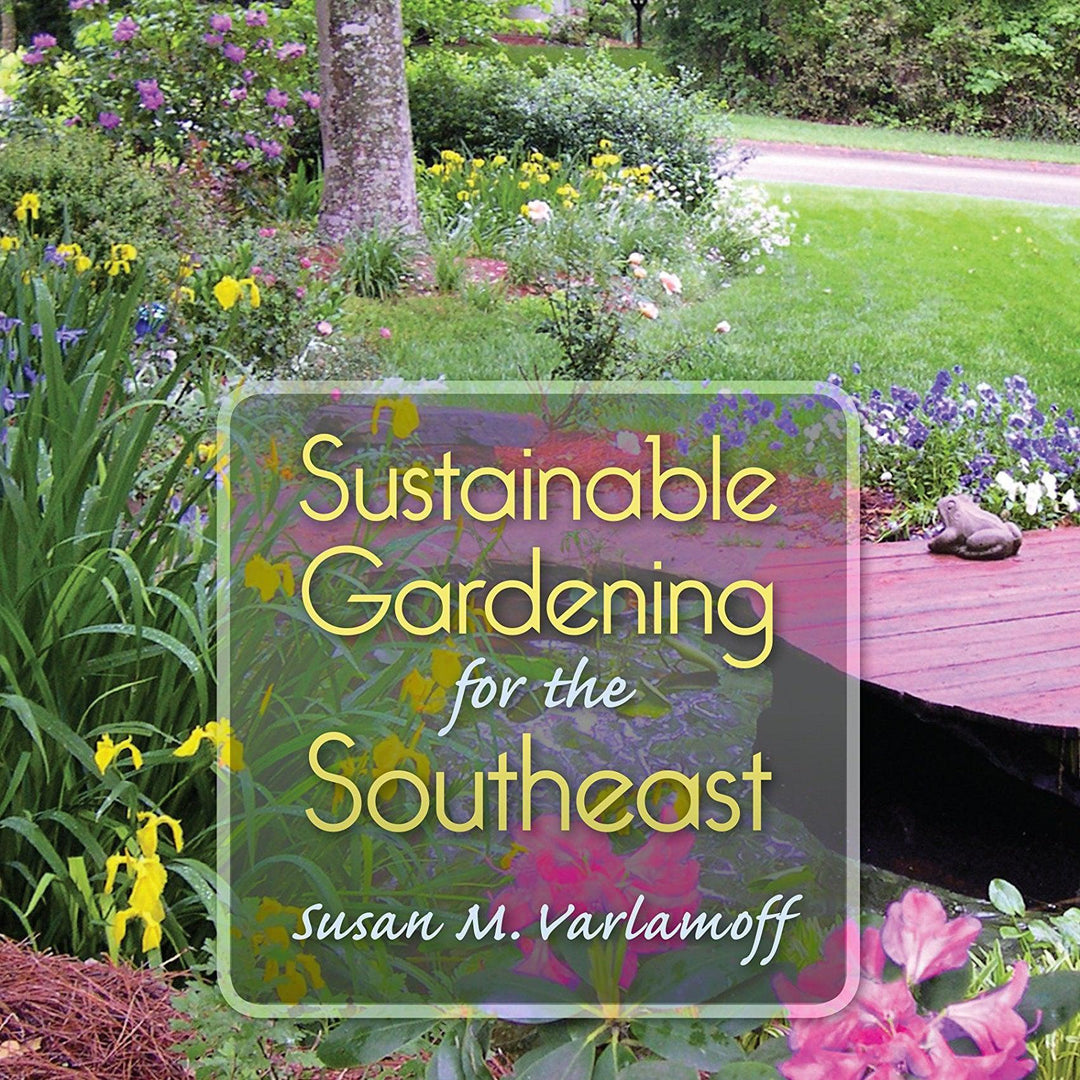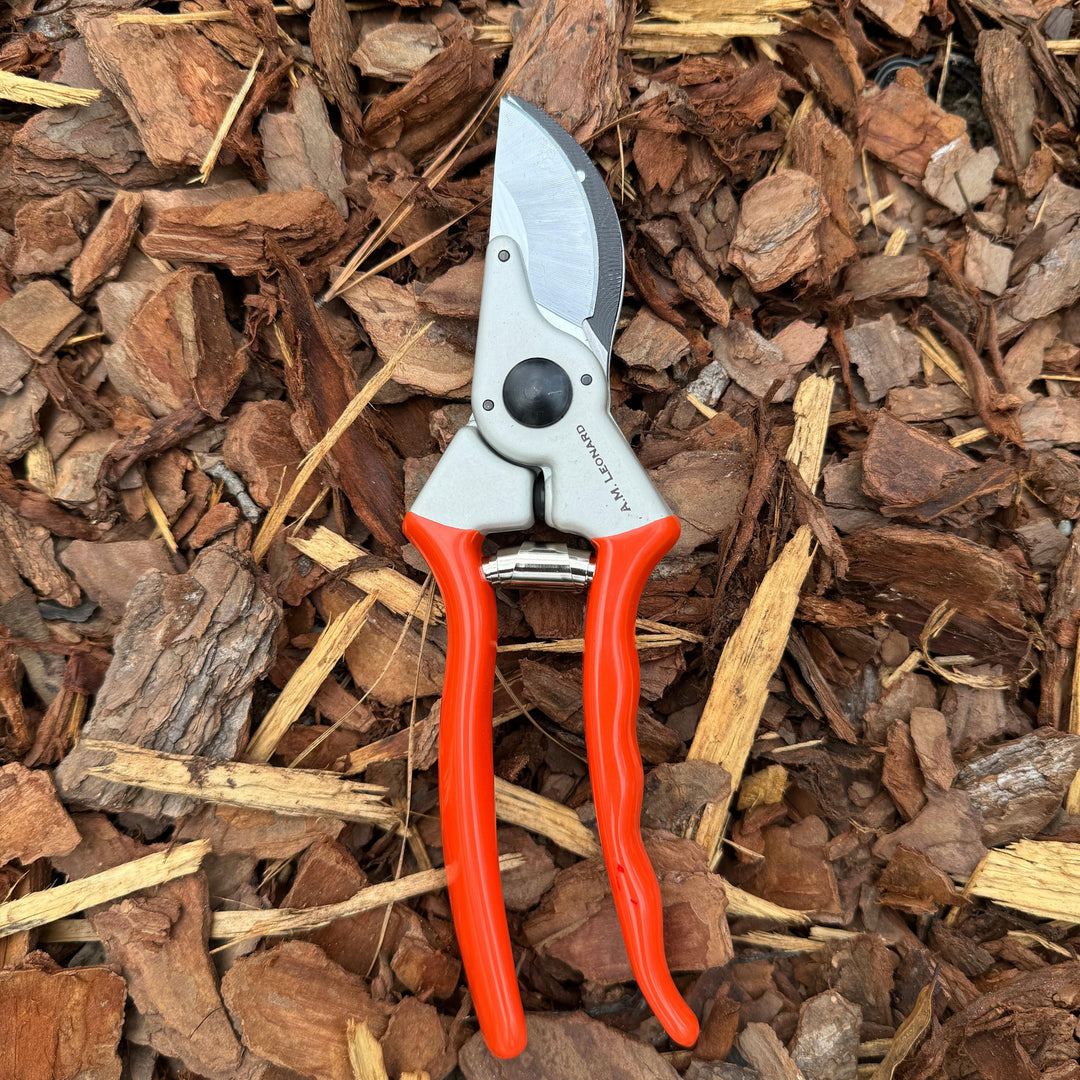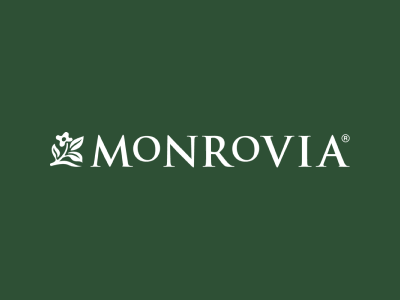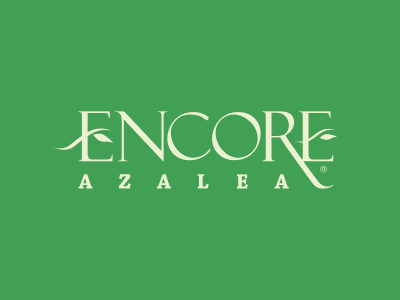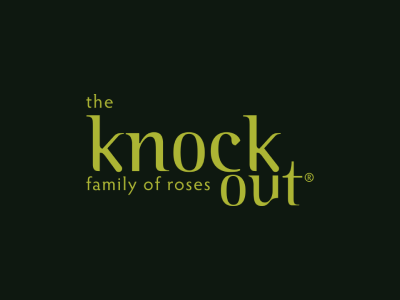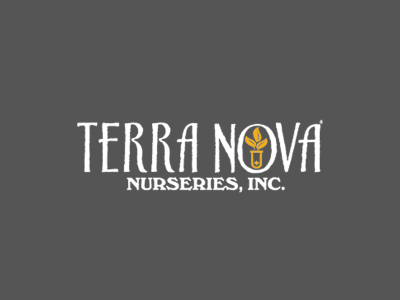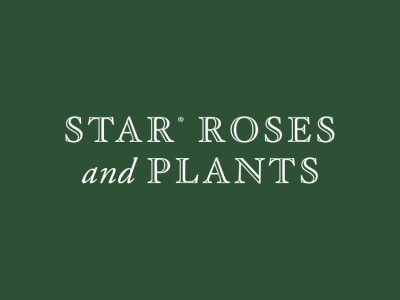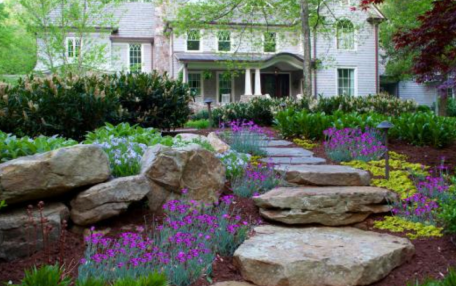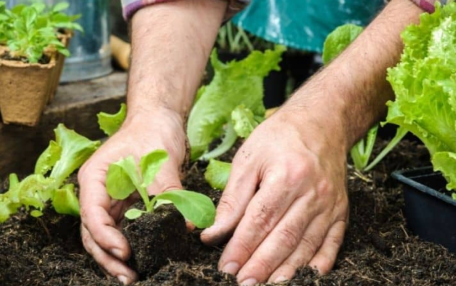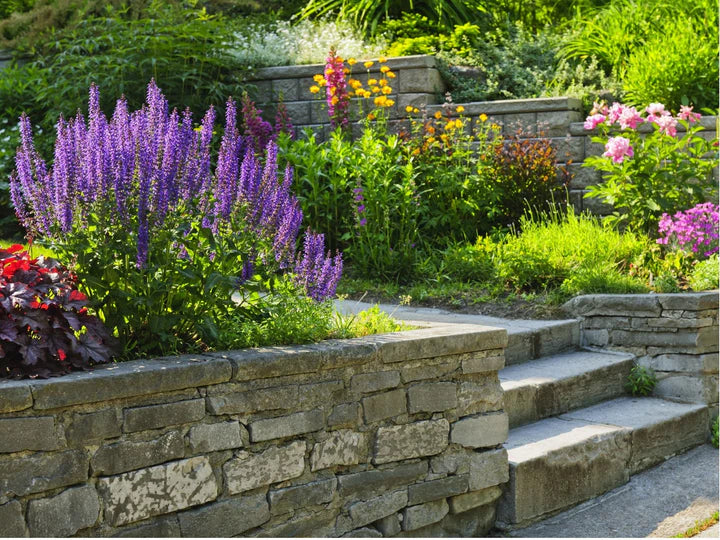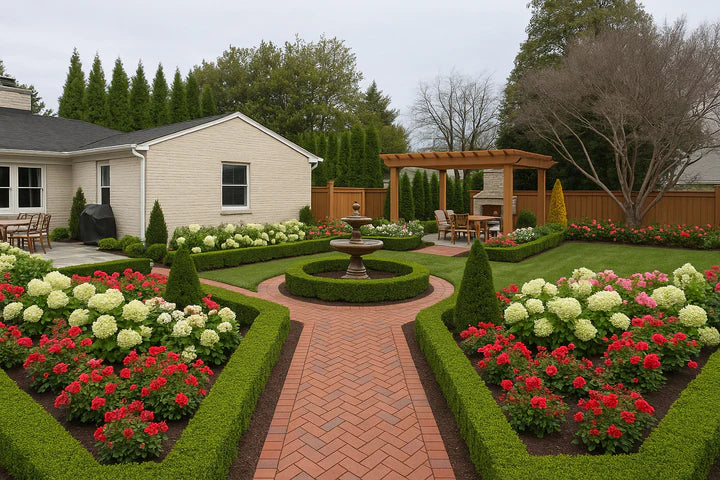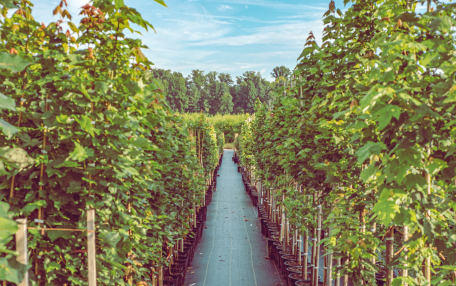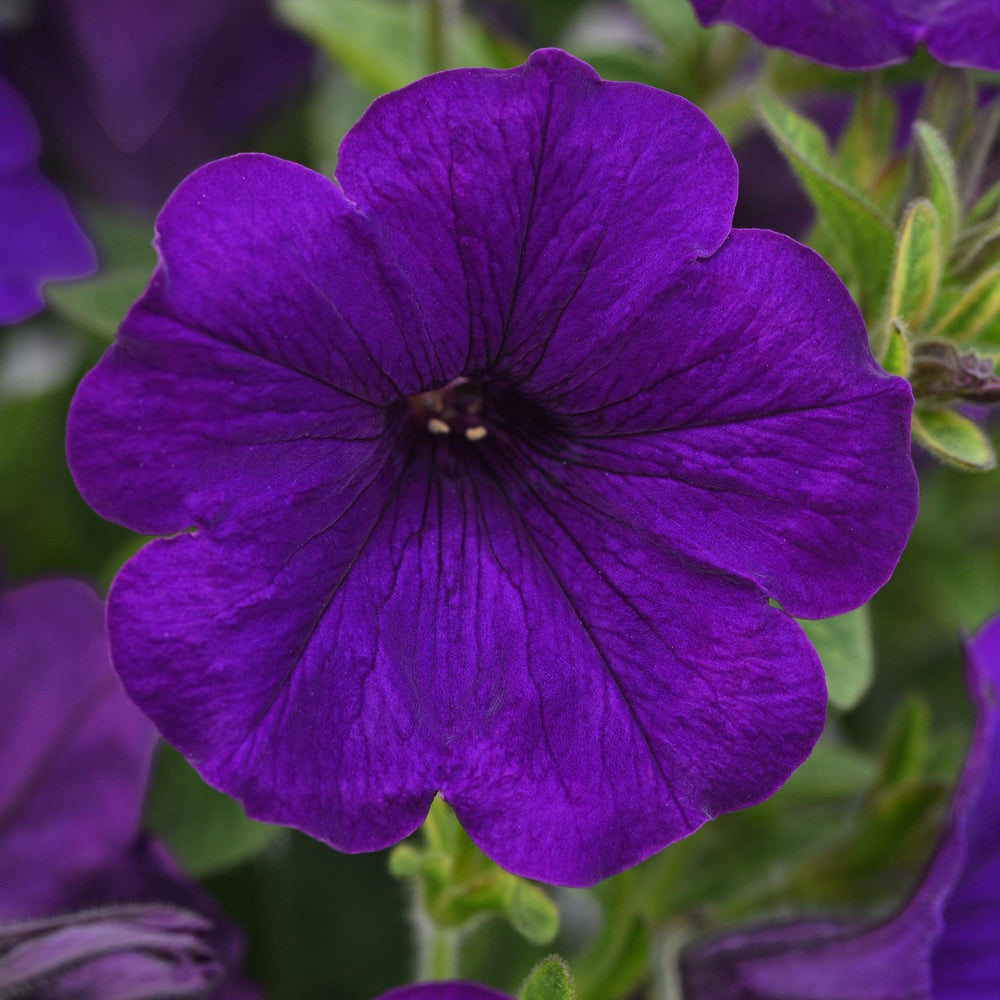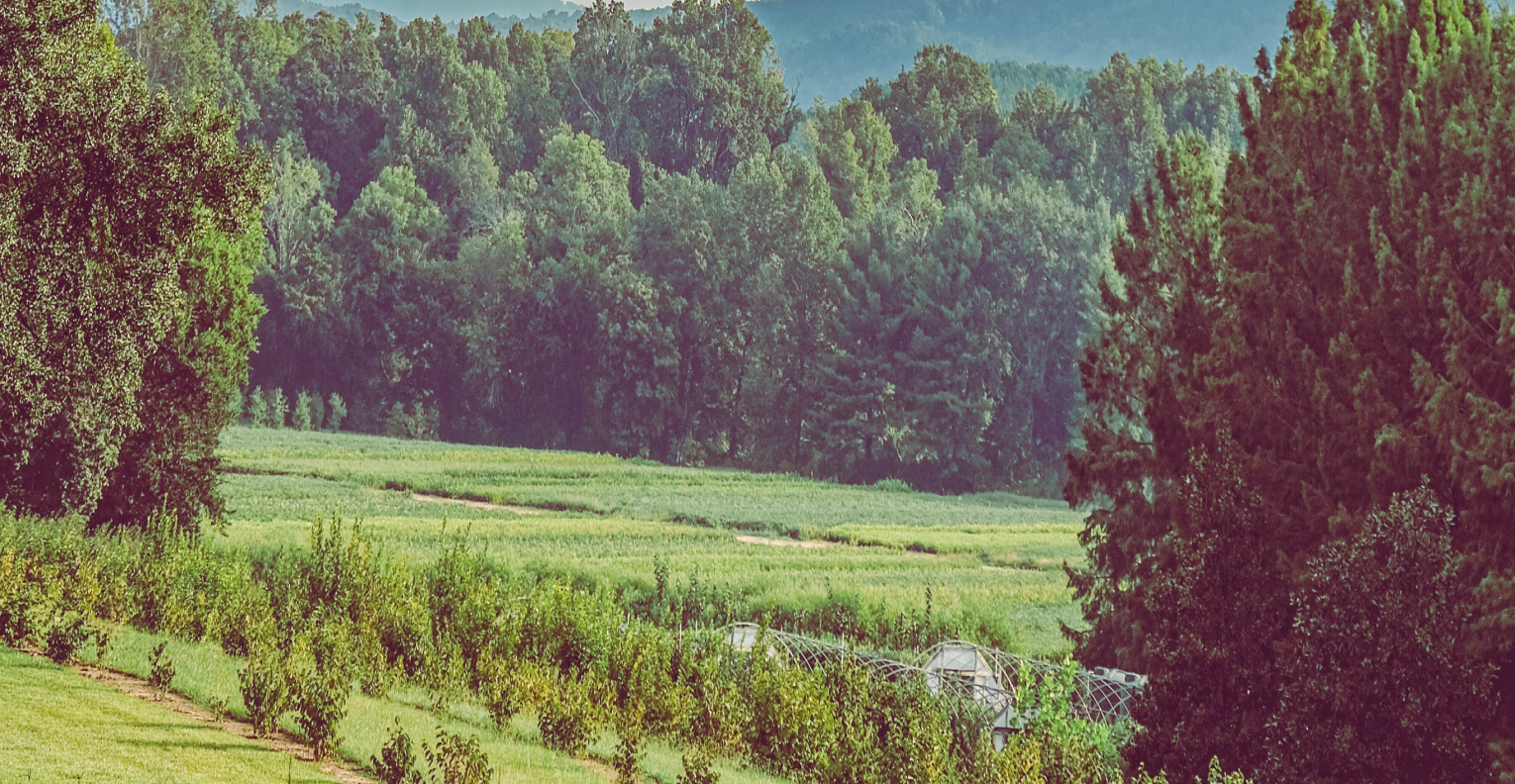The Mary Nell Holly is a versatile plant that can be used as a hedge, foundation planting, or as a specimen plant in the landscape. It has a dense, compact growth habit and can reach a height of around 8 to 10 feet (2.4 to 3 meters) with a similar spread.
One of the standout features of the Mary Nell Holly is its abundant production of bright red berries, which appear in the fall and persist throughout the winter. These berries provide a beautiful contrast against the dark green foliage and are a favorite food source for birds.
In terms of care, the Mary Nell Holly prefers well-drained soil and full sun to partial shade. It is a relatively low-maintenance plant, but regular pruning can help maintain its shape and promote healthy growth
|
Type: |
|
|
Origins: |
I. cornuta, x I. pernyi x I. latifolia Hybrid |
|
Height: |
15' - 20' |
|
Spread: |
10’ - 15' |
|
Spacing: |
12’ |
|
USDA Hardiness Zone: |
7 - 9 |
|
Culture: |
|
|
Bloom Color: |
White |
|
Season of Interest: |
MAINTENANCE NEEDS: Low Maintenance. Water regularly. Well-drained soils essential. Potential issues include mites, scale, leaf spot, rot, and mildew. Susceptible to leaf scorch or drop if not protected from afternoon sun in hotter climates.
LANDSCAPE USES: Accents or Group Plantings, Borders, Woodland Gardens, Wildlife Gardens, Privacy Screen, Hedges, Foundation Plantings, and Containers.
COMPANION PLANTS: Astilbe, Hydrangea, Magnolia
Image: Photo by David J. Stang, Ilex x Mary Nell 1zz, CC BY-SA 4.0


